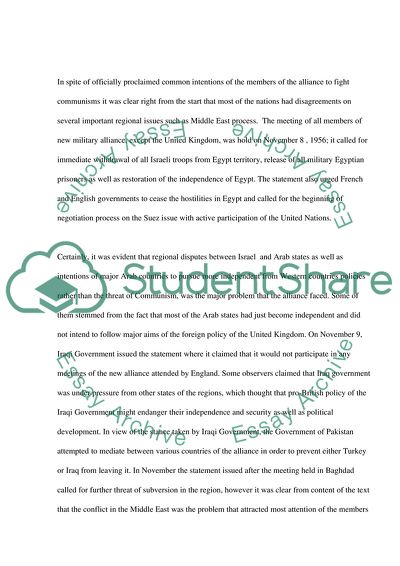Cite this document
(“What were the aims and objectives of the Baghdad Pact and why did it Essay”, n.d.)
What were the aims and objectives of the Baghdad Pact and why did it Essay. Retrieved from https://studentshare.org/miscellaneous/1536657-what-were-the-aims-and-objectives-of-the-baghdad-pact-and-why-did-it-fail
What were the aims and objectives of the Baghdad Pact and why did it Essay. Retrieved from https://studentshare.org/miscellaneous/1536657-what-were-the-aims-and-objectives-of-the-baghdad-pact-and-why-did-it-fail
(What Were the Aims and Objectives of the Baghdad Pact and Why Did It Essay)
What Were the Aims and Objectives of the Baghdad Pact and Why Did It Essay. https://studentshare.org/miscellaneous/1536657-what-were-the-aims-and-objectives-of-the-baghdad-pact-and-why-did-it-fail.
What Were the Aims and Objectives of the Baghdad Pact and Why Did It Essay. https://studentshare.org/miscellaneous/1536657-what-were-the-aims-and-objectives-of-the-baghdad-pact-and-why-did-it-fail.
“What Were the Aims and Objectives of the Baghdad Pact and Why Did It Essay”, n.d. https://studentshare.org/miscellaneous/1536657-what-were-the-aims-and-objectives-of-the-baghdad-pact-and-why-did-it-fail.


